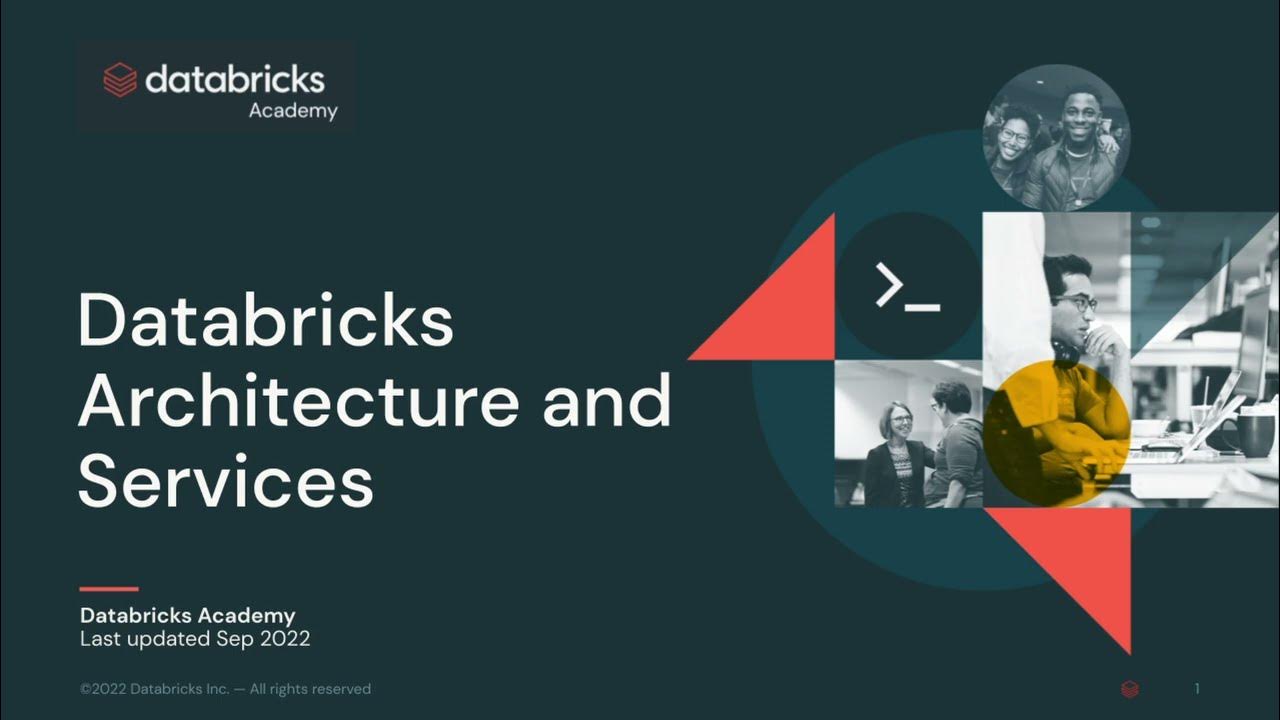Snowflake Overview - Architecture, Features & Key Concepts
Summary
TLDRThis video provides an in-depth overview of Snowflake, a cloud-based data platform that goes beyond traditional data warehousing. It explains how Snowflake integrates seamlessly with cloud services, supports various data types, and eliminates the need for external data transfers for processing. The video breaks down Snowflake’s unique architecture, including its hybrid approach of separating storage and processing layers, ensuring scalability and flexibility. Additionally, it highlights Snowflake's SaaS model, which simplifies infrastructure management and allows businesses to focus on their objectives. Overall, Snowflake offers a powerful, scalable, and efficient solution for modern data needs.
Takeaways
- 😀 Snowflake is a cloud-based data platform offered as a SaaS solution, designed to seamlessly integrate with other cloud services.
- 😀 Unlike traditional data warehouses, Snowflake is not only for storage but also supports data engineering, data science, and machine learning workloads.
- 😀 Snowflake supports a wide variety of data types including structured, semi-structured, and unstructured data, and formats like JSON, Avro, ORC, Parquet, and XML.
- 😀 Snowflake eliminates the need for external processing by allowing users to run data transformation and analysis directly on the platform with features like Snowpipe, streams, and tasks.
- 😀 Snowflake enables users to design end-to-end machine learning workflows directly within its platform via Snowpark ML.
- 😀 As a SaaS offering, Snowflake manages infrastructure, operating system patches, software upgrades, and query optimization, freeing users from technical burdens.
- 😀 Snowflake operates on a multi-cluster shared data architecture, decoupling the storage and processing layers for independent scaling.
- 😀 Storage in Snowflake is optimized and stored in cloud services such as AWS S3, Azure Blob, or Google Cloud, with full management including partitioning and compression.
- 😀 Virtual warehouses in Snowflake are MPP compute clusters that process data, and each operates independently to ensure performance is not affected by other workloads.
- 😀 The cloud services layer in Snowflake handles critical functions such as query parsing, optimization, infrastructure management, and authentication, ensuring smooth operation of the platform.
Q & A
What is Snowflake and why is it gaining popularity?
-Snowflake is a cloud-based data platform designed to handle various data tasks like storage, processing, and analytics. Its cloud-native design and scalability, along with support for diverse data types and built-in features like machine learning, have made it a popular choice for businesses looking to manage their data more efficiently.
How does Snowflake differ from traditional data warehouse systems?
-While Snowflake is often categorized as a data warehouse, it goes beyond traditional functionalities by supporting data lakes, machine learning workflows, and data engineering tasks. It can handle structured, semi-structured, and unstructured data, making it a versatile platform.
What is the significance of Snowflake being a cloud-native platform?
-Being cloud-native means Snowflake was built specifically for the cloud from the ground up, unlike traditional databases adapted for the cloud. This design allows it to integrate seamlessly with various cloud services and scale more efficiently.
What does Snowflake’s SaaS model mean for users?
-Snowflake operates as a software-as-a-service (SaaS), meaning users don’t have to manage infrastructure, software upgrades, or performance tuning. Snowflake takes care of these technical aspects, enabling businesses to focus on their core objectives.
What are the main components of Snowflake’s architecture?
-Snowflake’s architecture consists of three key layers: database storage, query processing, and cloud services. These layers work together to handle data storage, computation, and coordination of user requests efficiently.
How does Snowflake’s multicluster shared data architecture work?
-Snowflake uses a hybrid model, combining shared-disk and shared-nothing architectures. This allows it to decouple storage from the processing layer, enabling independent scaling of data storage and compute resources, improving performance and scalability.
How does Snowflake handle data storage?
-Data in Snowflake is stored in an optimized columnar format in cloud storage services like AWS S3, Azure Blob Storage, or Google Cloud Storage. Snowflake handles data partitioning, compression, and management, with access restricted to SQL query operations.
What are virtual warehouses in Snowflake, and how do they work?
-Virtual warehouses in Snowflake represent independent MPP (Massively Parallel Processing) compute clusters. They handle query execution and can be scaled up or down based on workload requirements. This allows for efficient processing without interference between different workloads.
How does Snowflake manage compute resources and scalability?
-Snowflake allows users to scale compute resources (virtual warehouses) independently from data storage. Users can adjust the size of virtual warehouses based on workload demands and even turn off unused warehouses to save costs.
What is the role of the cloud services layer in Snowflake’s architecture?
-The cloud services layer in Snowflake acts as the platform's brain, coordinating tasks such as query parsing, optimization, metadata management, infrastructure management, and user access control. It ensures smooth operation across the other layers of the platform.
Outlines

This section is available to paid users only. Please upgrade to access this part.
Upgrade NowMindmap

This section is available to paid users only. Please upgrade to access this part.
Upgrade NowKeywords

This section is available to paid users only. Please upgrade to access this part.
Upgrade NowHighlights

This section is available to paid users only. Please upgrade to access this part.
Upgrade NowTranscripts

This section is available to paid users only. Please upgrade to access this part.
Upgrade NowBrowse More Related Video

#1 | Introduction & History of Snowflake | Snowflake Tutorial for Beginners

Benoit Dageville, Snowflake | Snowflake Summit 2022

Intro to Databricks Lakehouse Platform

Building a Data Warehouse using Matillion ETL and Snowflake | Tutorial for beginners| Part 1

Tutorial - Databricks Platform Architecture | Databricks Academy

What is a NoSQL Database? How is Cloud Firestore structured? | Get to know Cloud Firestore #1
5.0 / 5 (0 votes)